
How to Contact Cincinnati Bengals: Phone Number, Fanmail Address, Email Address, Whatsapp, House Address
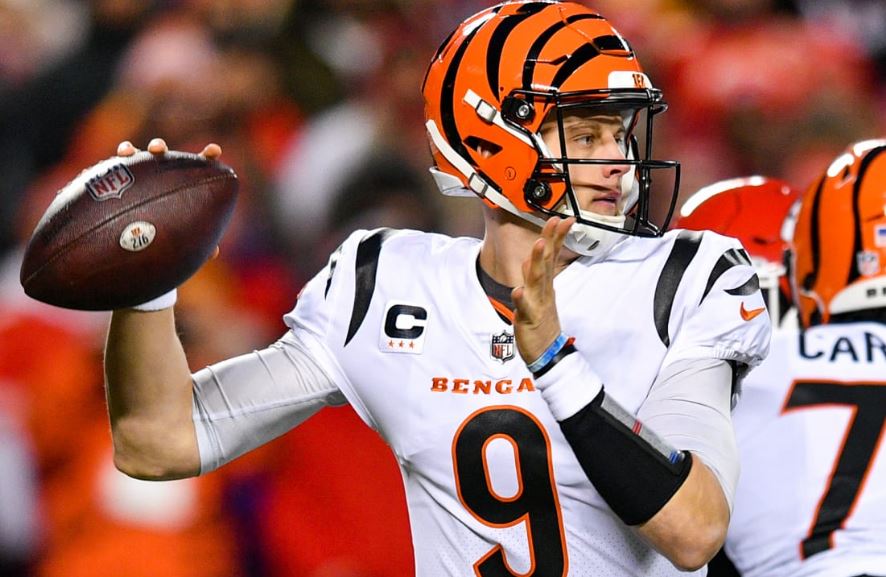
Cincinnati Bengals: 8 Ways to Contact Them (Phone Number, Email, House address, Social media profiles)
Cincinnati Bengals: Ways to Contact or Text Cincinnati Bengals (Phone Number, Email, Fanmail address, Social profiles) in 2021- Are you looking for Cincinnati Bengals Contact details like their Phone number, Email Id, WhatsApp number, or Social media accounts information than you have reached on the perfect page.
Cincinnati Bengals Biography and Career:
The Cincinnati Bengals are an American professional gridiron football club that competes in the National Football League’s American Football Conference (AFC) (NFL). The Bengals are a professional football team headquartered in Cincinnati, Ohio, that has participated in two Super Bowls (1982 and 1989).
The Bengals were an expansion club in the American Football League (AFL) when they were founded in 1968. While serving as head coach of the Cleveland Browns, Paul Brown established himself as one of the most regarded coaches in the game. Brown was also one of the franchise’s founders and the team’s first head coach in its history. Cincinnati played in the American Football League (AFL) for two seasons until the league merged with the National Football League (NFL) in 1970.
The Bengals’ first season in the NFL saw the club produce its first winning record and earn a playoff berth as the AFC Central champion, as well as their first winning season overall. The next year, the club started playing at Riverfront Stadium, a multipurpose stadium that they would share with the Cincinnati Reds of Major League Baseball for the next 30 years.
It was in 1972 that the Bengals handed the reins of their offense over to second-year quarterback Ken Anderson (who had come to Rock Island, Illinois from the small Augustana College). Anderson would go on to command the club for more than a decade and establish multiple franchise passing marks. Two additional postseason visits by the Cincinnati Bengals occurred during the 1970s, but they failed to win their opening game on both occasions.
Even though Brown stepped down as head coach after the 1975 season, he remained on as team president until his death in 1991. One of Brown’s most significant personnel decisions occurred in 1980 when he selected tackle Anthony Muoz, who is widely regarded as one of the finest offensive linemen in football history. Muoz played with the Bengals for 13 seasons and is considered one of the game’s all-time greats.
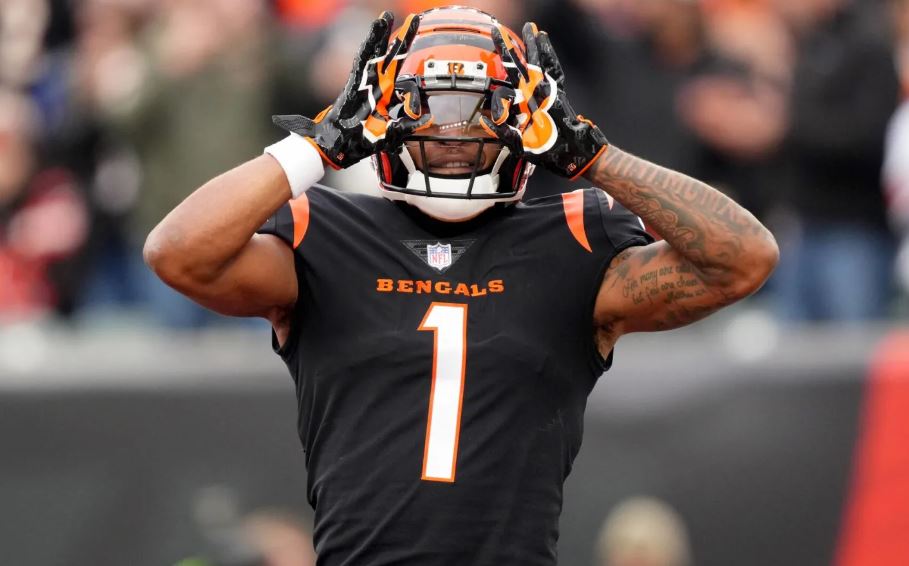
In 1981, the Bengals finished with a conference-best 12 regular-season victories and their first two playoff victories, advancing them to Super Bowl XVI in January of the following year, when they were defeated by the San Francisco 49ers. After a strike-shortened season in 1982, the Cincinnati Reds returned to the postseason but were defeated in their first-round postseason game.
It took three full years until the Cincinnati Bengals franchise was established in 1968 when the club started competing in the American Football League for the first time. Paul Brown, who had achieved remarkable success as the head coach of the Cleveland Browns for 17 seasons before stepping down in 1962, felt a strong desire to return to the world of professional football. His first meeting with then-Gov. Jim Rhodes took place in 1965, and the two decided that the state could handle a second professional football franchise.
After a year of deliberation, the Cincinnati City Council authorized the building of the 60,389-seat Riverfront Stadium, which was expected to be completed by the end of the decade. The next year, a company led by Brown was given a franchise in the American Football League, which would begin play the following year. Brown called his club the Bengals in honor of former Cincinnati professional football organizations of the same name that existed in the 1930s and 1940s, according to the Cincinnati Enquirer.
Brown himself returned to the coaching ranks after serving on the Bengals’ sidelines for the first eight years of his coaching career in Cincinnati. In 1975, he announced his retirement from the team, although he continued to serve as general manager until his death in 1991. Mike Brown then took over as general manager from his father, who had retired.
Despite winning their first two home games at 28,000-seat Nippert Stadium against Denver and Buffalo, the 1968 Bengals concluded with a 3-11 record, which was the worst result for an expansion club in the 1960s. In 1969, Cincinnati’s performance was such that Brown was selected the American Football League’s Coach of the Year. In 1970, they won the AFC Central division title, making them the first expansion club in history to win a championship of any sort in only three years after their inception.
In the third round of the 1971 NFL Draft, the Cincinnati Bengals picked quarterback Ken Anderson from Augustana College, which was then a little-known institution. Anderson remained the focal point of the Cincinnati attack for the following 16 seasons, and he was a four-time AFC individual passing champion during that period. During Brown’s last season as head coach, the Bengals won their second AFC Central title in 1973 and earned a wild-card place in the 1975 playoffs.
The Bengals missed the playoffs for the following five seasons, but they won the Super Bowl in 1981, the year they debuted their new uniforms, which included tiger-striped helmets, jerseys, and trousers, among other things. Cincinnati, under the direction of Forrest Gregg, won the AFC Central with a 12-4 record and advanced to the AFC championship game by defeating San Diego 27-7. However, they were defeated by the San Francisco 49ers in the Super Bowl XVI matchup, which ended in a 26-21 defeat.
The Bengals got a second chance at the Super Bowl after the 1988 season, when they recovered from a disastrous 4-12 record in 1987 to a 12-4 regular-season record under Coach Sam Wyche and quarterback Boomer Esiason, giving them a crack at the championship game. They went on to win the AFC title by defeating Buffalo 21-10. However, they were defeated by the San Francisco 49ers in Super Bowl XXIII, 20-16, thanks to a last-second touchdown throw from Joe Montana.
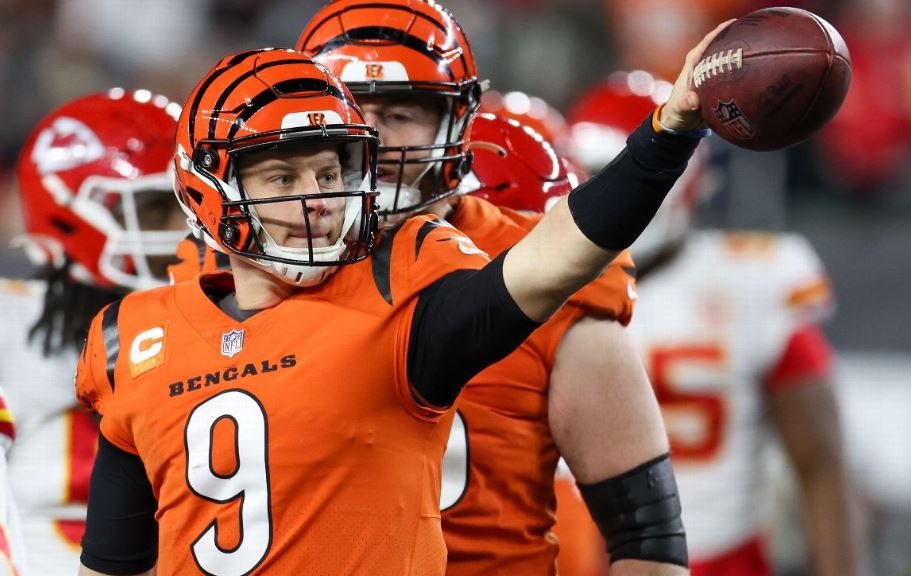
After Anderson and Esiason, the Bengals can look back on their history and say that they have had a slew of exceptional players since their first game in 1968. None, however, stood out more than lineman Anthony Muoz, who was chosen in the first round of the 1981 NFL Draft. The University of Southern California alumnus was a consistent all-pro selection, and he was picked to participate in 11 consecutive Pro Bowls from 1982 to 1992. He was inducted into the Pro Football Hall of Fame in 1998.
A year after Anderson’s departure, Sam Wyche took over as head coach of the Bengals. A year later, Anderson relinquished his position as the team’s starting quarterback to Boomer Esiason. In 1988, a Bengals team headed by Esiason equaled the Buffalo Bills for the best record in the American Football Conference with a 12–4 record. After beating the Buffalo Bills in the AFC championship game, the Bengals faced the San Francisco 49ers in the Super Bowl for the second time and were denied a second title; San Francisco quarterback Joe Montana led his team to a last-second 20–16 win.
Beginning in 1991 (Wyche’s last season as coach), the club failed to have a winning record for a total of 14 straight seasons. In this time, the Bengals’ performance was highlighted by the presence of Pro Bowl running back Corey Dillon, but his presence was insufficient to prevent the Bengals from losing at least 10 games in each of the seasons from 1998 to 2002. Paul Brown Stadium, where the Bengals play only football, was built for them in 2000.
After a 14-year postseason drought, the Cincinnati Bengals finally broke through in 2005 with a squad that had quarterback Carson Palmer and wide receiver Chad Johnson. The Bengals won the division championship before falling to the eventual champion Pittsburgh Steelers in the playoffs.
A division championship in 2009 and five consecutive playoff appearances, a first in franchise history, from 2011 to 2015 were achieved by the Bengals, who lost their opening game in each postseason, extending the NFL’s longest active streak without a playoff victory, which began in 1991 and continues to the present day. A string of losing seasons followed, culminating in a 2–14 season in 2019, which equaled the team’s franchise record for the poorest record in the league’s history.
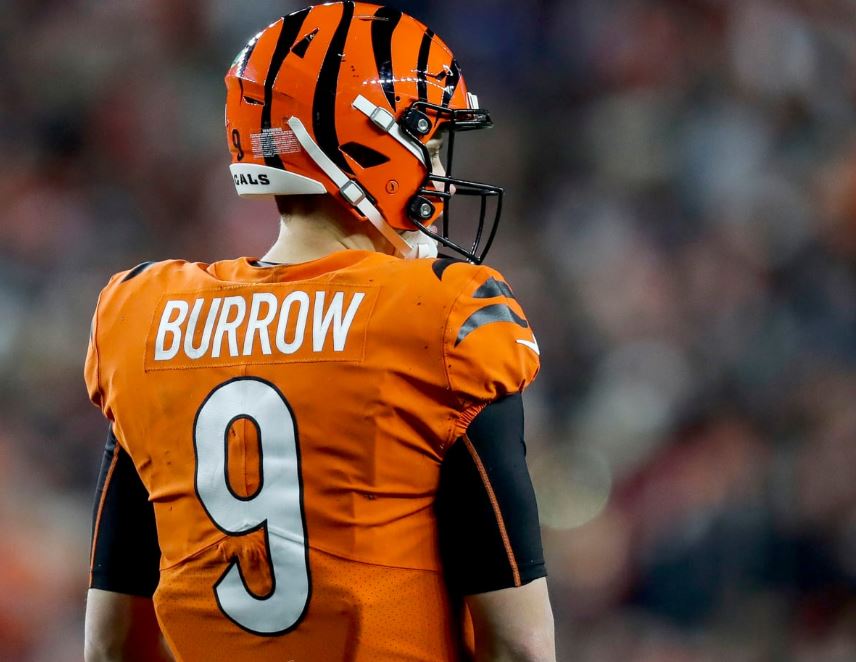
Cincinnati Bengals Profile-
- Team Name– Cincinnati Bengals
- Established In- 1967
- Based In– Cincinnati, Ohio
- Mascot– Bengal tiger (Who Dey)
- Owner– Mike Brown
- General Manager– Duke Tobin
- Head Coach– Zac Taylor
- Arena/Stadium– Paul Brown Stadium
- Fight Song– Bengals Growl
Awards:
Cincinnati Bengals Phone Number, Email, Contact Information, House Address, and Social Profiles:
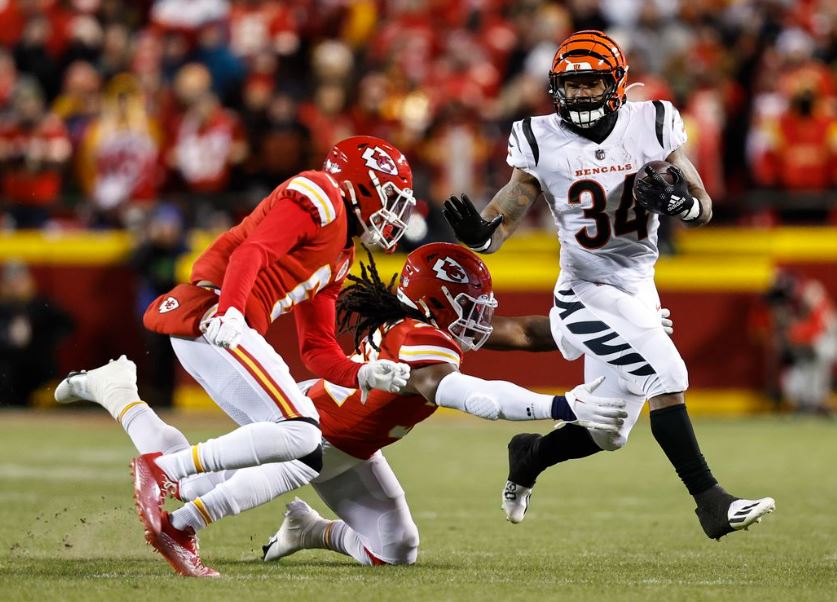
Ways to Contact Cincinnati Bengals:
1. INSTAGRAM: @bengals
We have written their Instagram Profile username above and the given username or Id is accurate and confirmed by us and Instagram too. If you’d like to support them or want to follow them, you can also use the account name mentioned above.
2. YOUTUBE: @channel
This is a YouTube channel under which they updated their video clips. If anyone wants to see their uploads and videos, they can use the username link which is given above.
3. FACEBOOK: @bengals
Their Facebook ID also has been provided above. It is reviewed and we confirm that it is a 100% Real Profile of the team. You can follow them on their Facebook profile and for that, you can follow the link above.
4. TWITTER: @Bengals
We’ve provided their Twitter handle above, and the given Twitter Id is tested and authenticated by us. If you’d like to follow them on Twitter, you must use the link described above.
5. Phone number: (513) 621-8383
Many phone numbers are leaked on google and the internet in the name of the team but upon checking we found that none of that numbers actually work. However, when we will found the exact number, we will update here.
6. Fan Mail Address :
Cincinnati Bengals
Paul Brown Stadium
1 Paul Brown Stadium
Cincinnati, OH 45202-3418
USA
7. Email id: NA
8. Website URL: https://www.bengals.com/
Read Also: How to Contact Chicago Bears